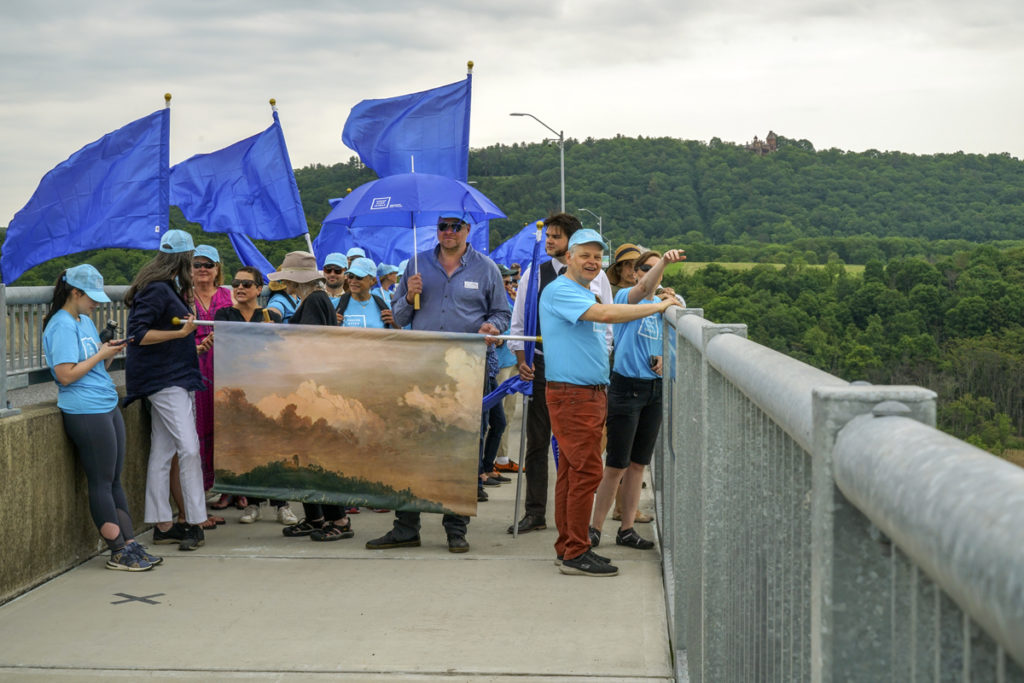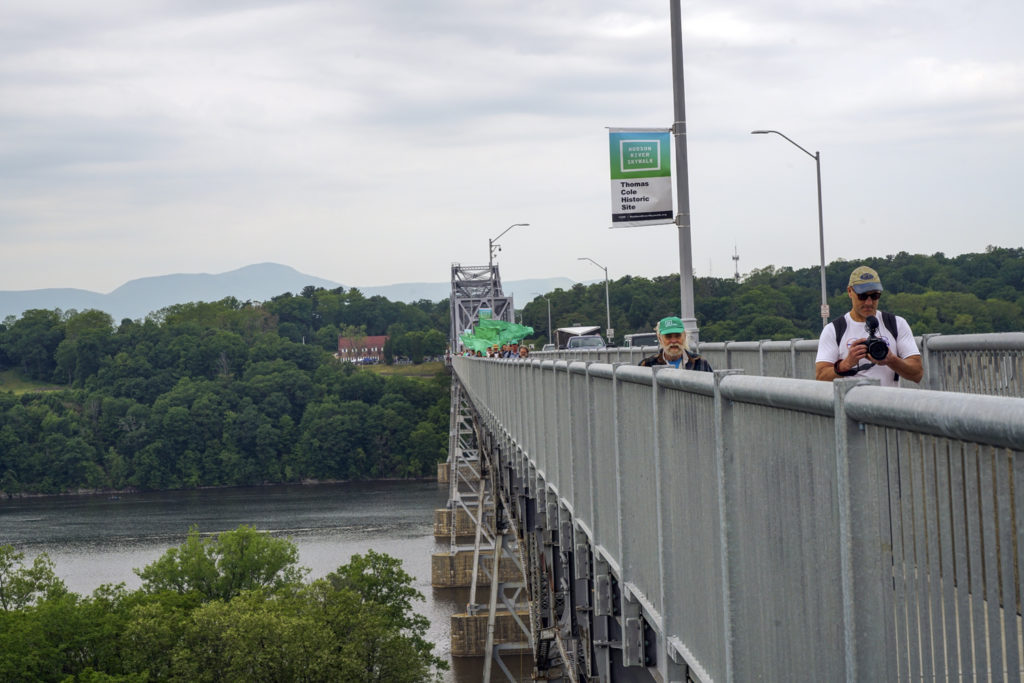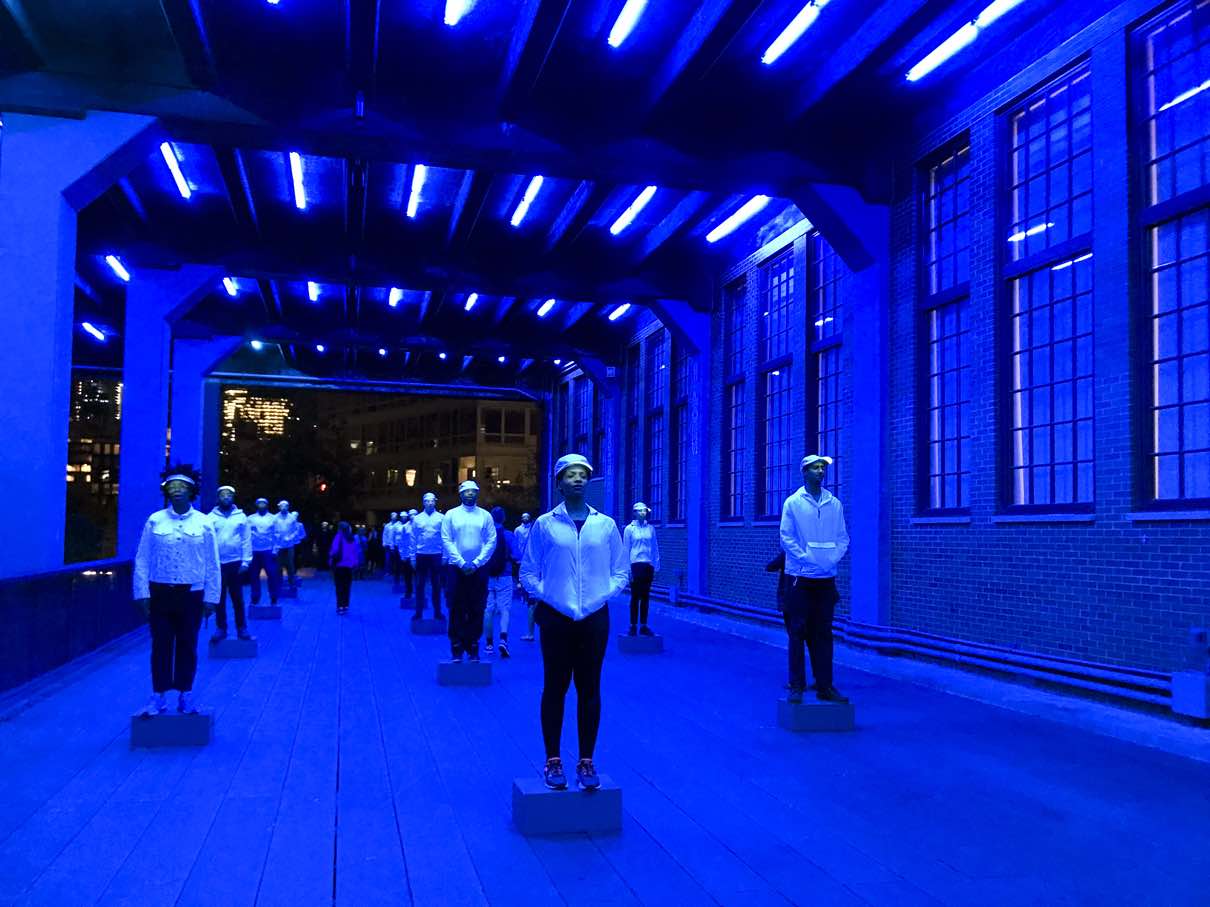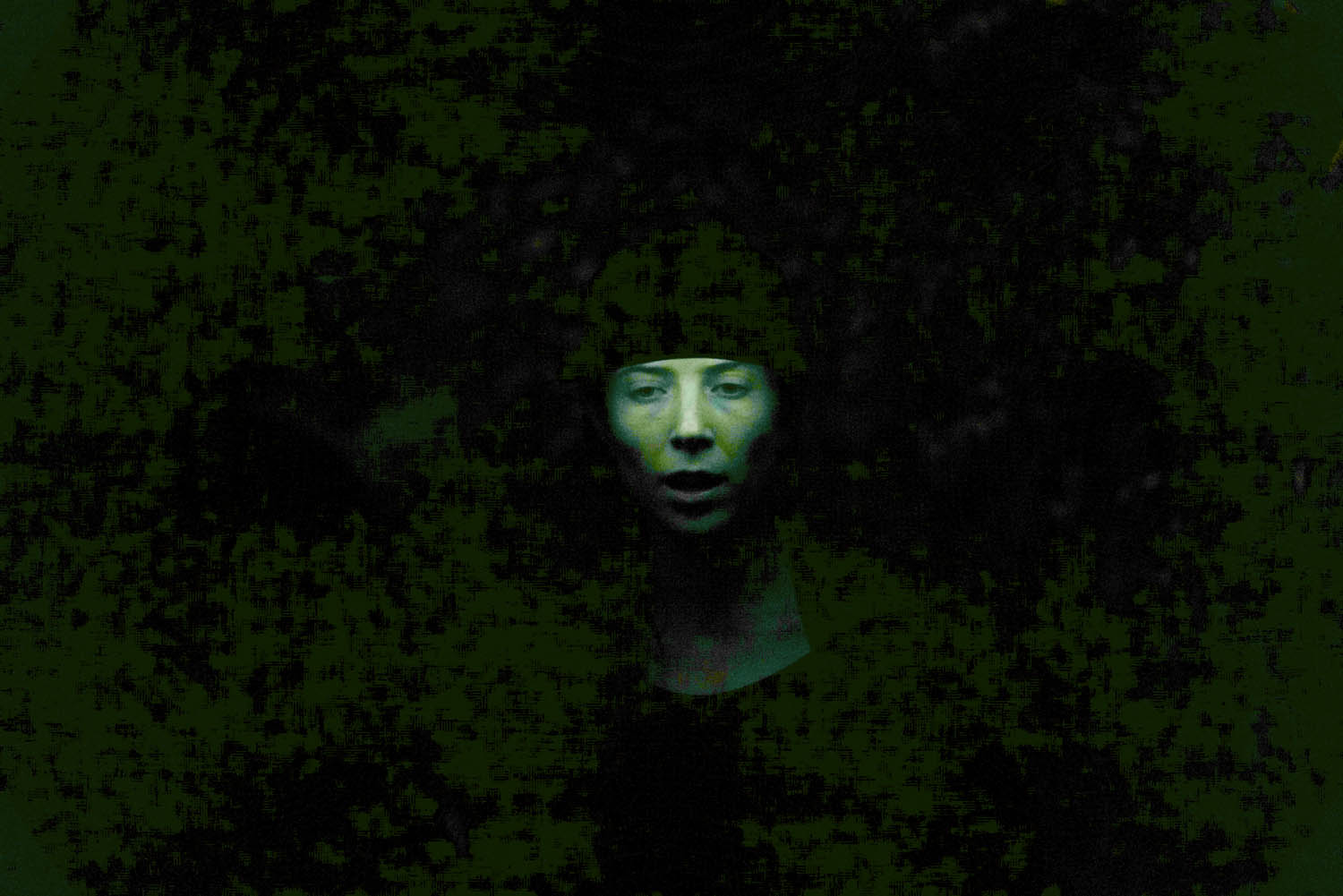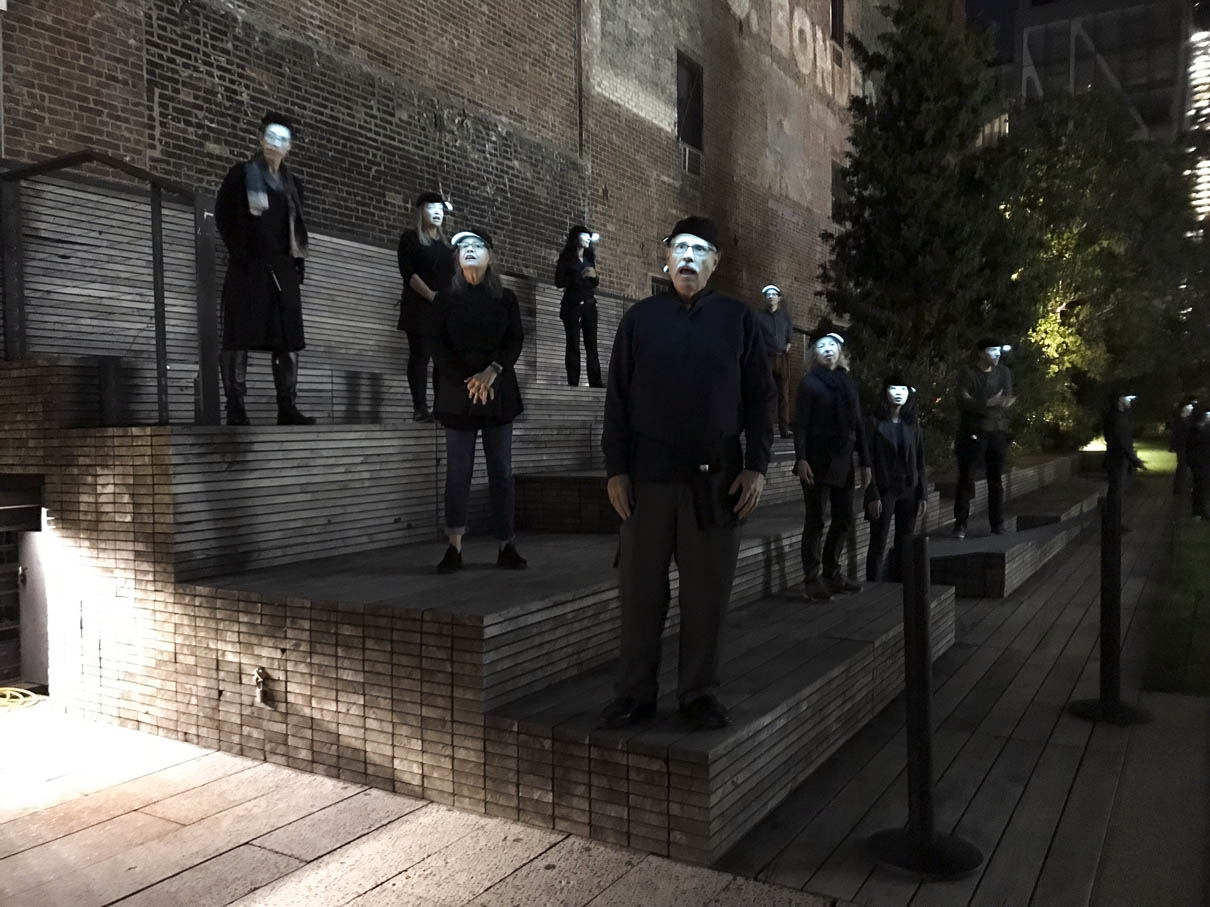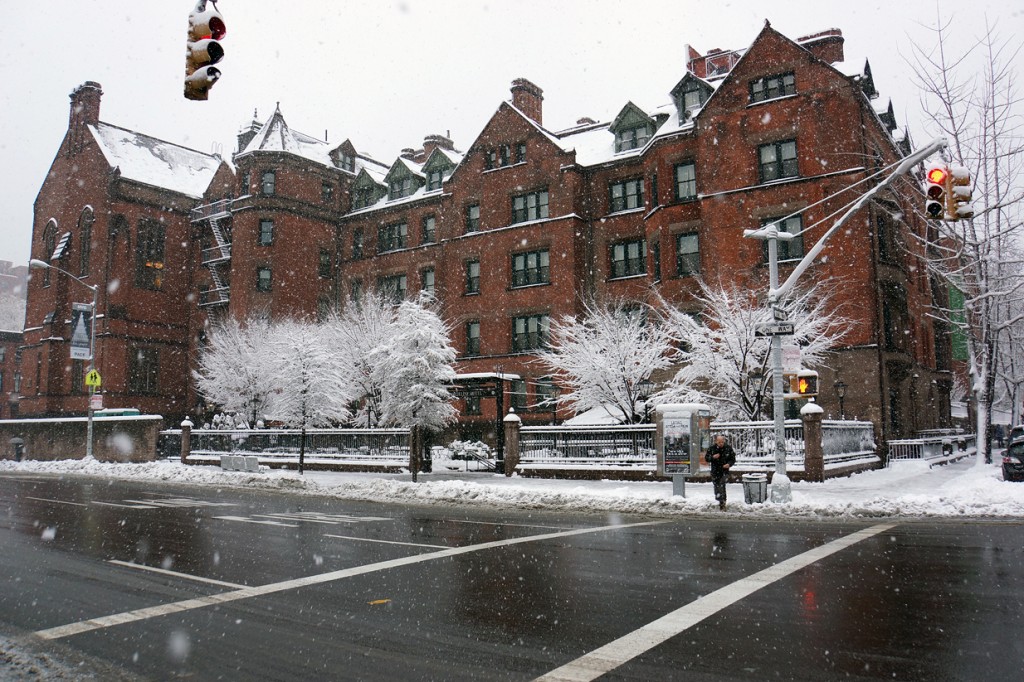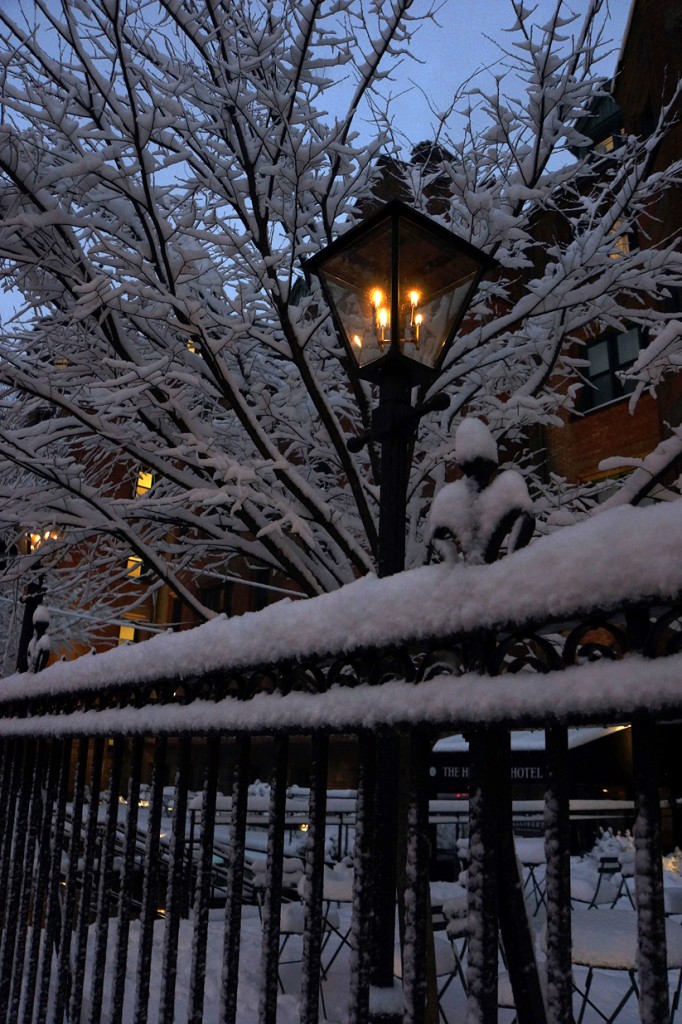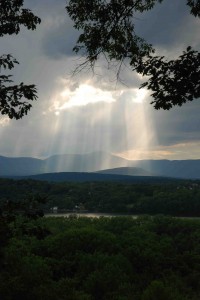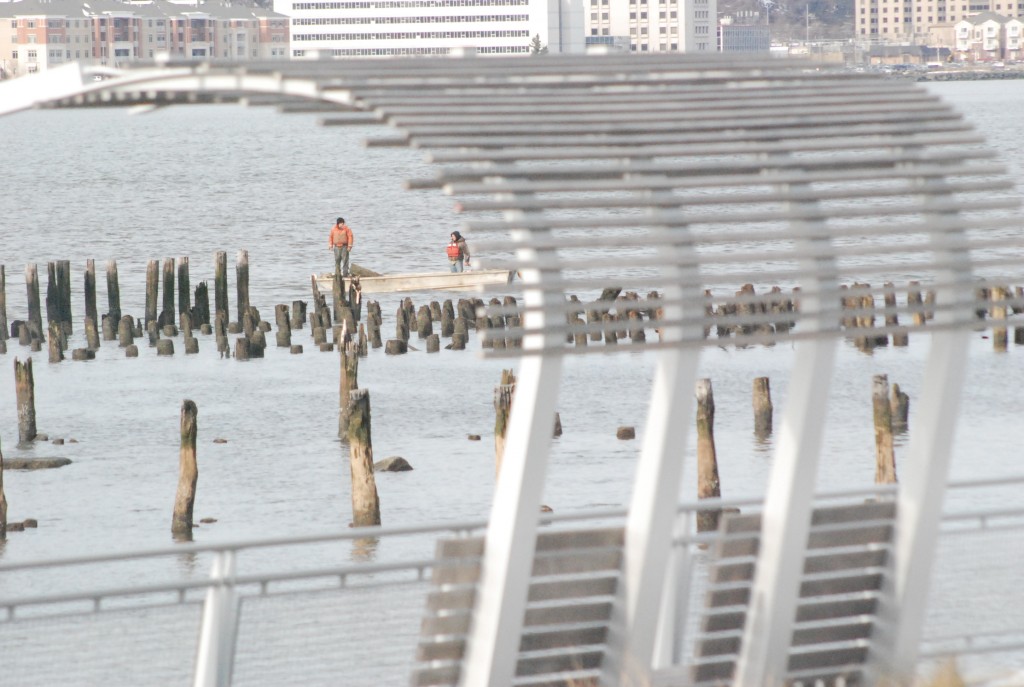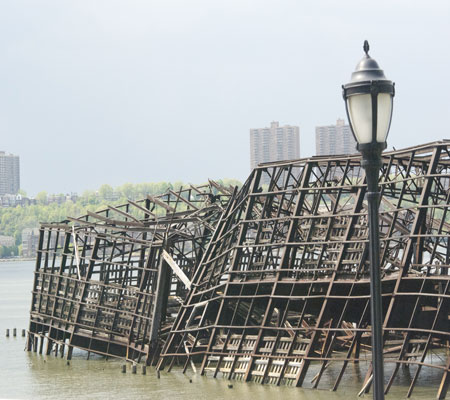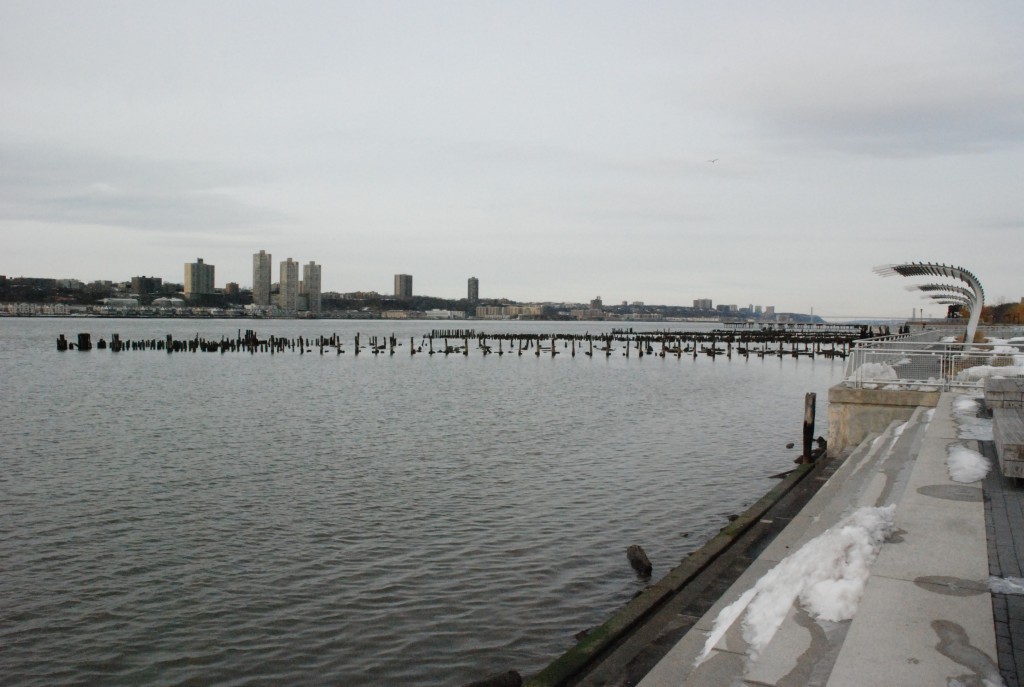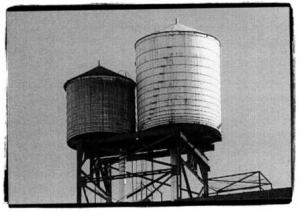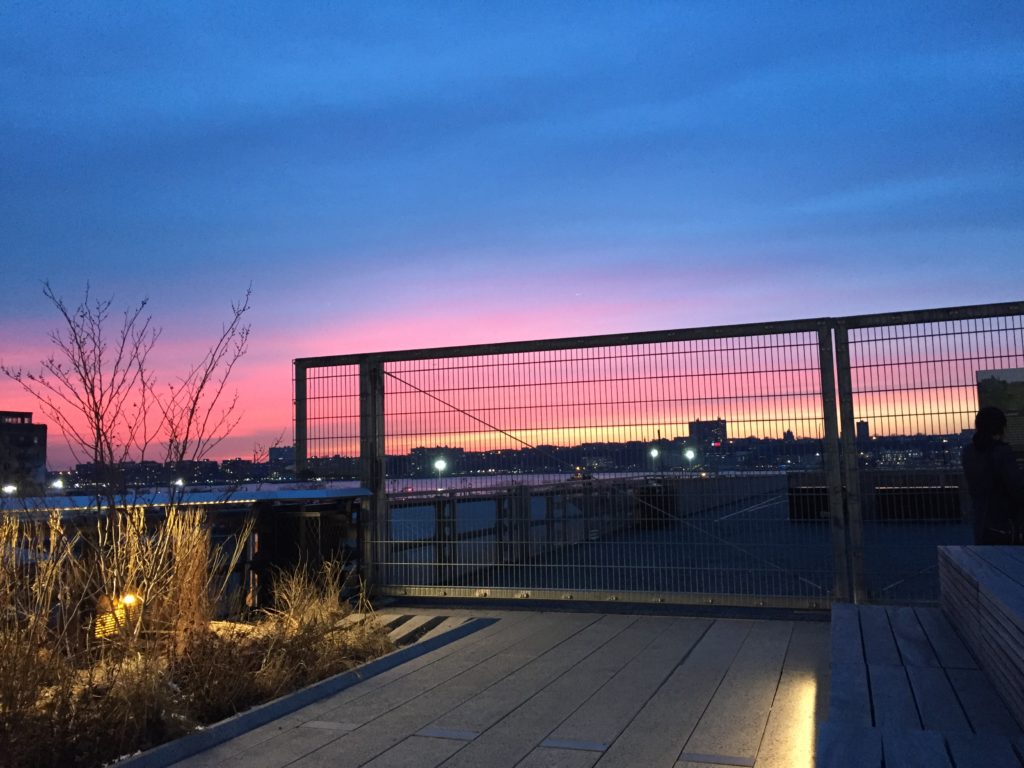 [NOTE: 14 days after this post appeared, Mayor DeBlasio did indeed visit the High Line. Just sayin’.]
[NOTE: 14 days after this post appeared, Mayor DeBlasio did indeed visit the High Line. Just sayin’.]
Since becoming Mayor of New York Bill DeBlasio has avoided the High Line, and perhaps with good reason. Almost from the moment it opened, the runaway success of Manhattan’s “park in the sky” vaulted it from an innovative, drop-dead gorgeous park into a platform for development by billionaires and “starchitects.” It never fit with DeBlasio’s message about the Other America, so he just stayed away, always promising to visit some day in the future.
The other day I was walking north through the Chelsea Grasslands and a Monarch butterfly flew across my path. It arced east for a moment toward 20th Street, then circled back and disappeared into a cluster of Rudbeckia: orange wings merging with yellow and black flowers, a colorful late morning pollination. It made me think of Mayor DeBlasio, and all that he’s missing out on. The butterfly made me wonder what sort of tour would I take the Mayor on, if and when he decides to pay a visit to the High Line.
Over the past few decades the Monarch has been under tremendous pressure from loss of habitat, climate change, chemicals and pesticides that are sprayed on fields and lawns all over the country, destroying its natural food source. This gorgeous species almost disappeared entirely, and the fact that today you can spot a Monarch on any random walk along the High Line is more than good news: it’s a metaphor for the sanctuary city. This place, basically one long, gigantic green roof filled with a mix of native and exotic plant species, created a safe landing spot for the Monarch and many other creatures: birds, insects, small mammals and the odd human. The butterfly I saw was a tri-color reminder of the values that inform every aspect of the High Line and have done, from the very moment of its conception. Nowadays, more than ever since the park opened in 2009, we need to remember those values. Actually, we need to trumpet them from the rooftops.
I won’t sugar coat it: the High Line is too crowded, development is overwhelming the neighborhood, there are too many super-rich families, locals yield to hoards of tourists, the air is filled with fumes from idling construction vehicles, it’s sometimes noisy and claustrophobic. But the founding dream of the High Line lives on, accessible to anyone taking a stroll through the park.
If I were walking along the High Line with Mr. DeBlasio I’d focus on the values and ideas of this place, rather than its celebrity and iconic status. As we as we huffed up the stairs to the park I’d tell him about that Monarch butterfly, and when we got to the top, I’d direct his attention to the east.
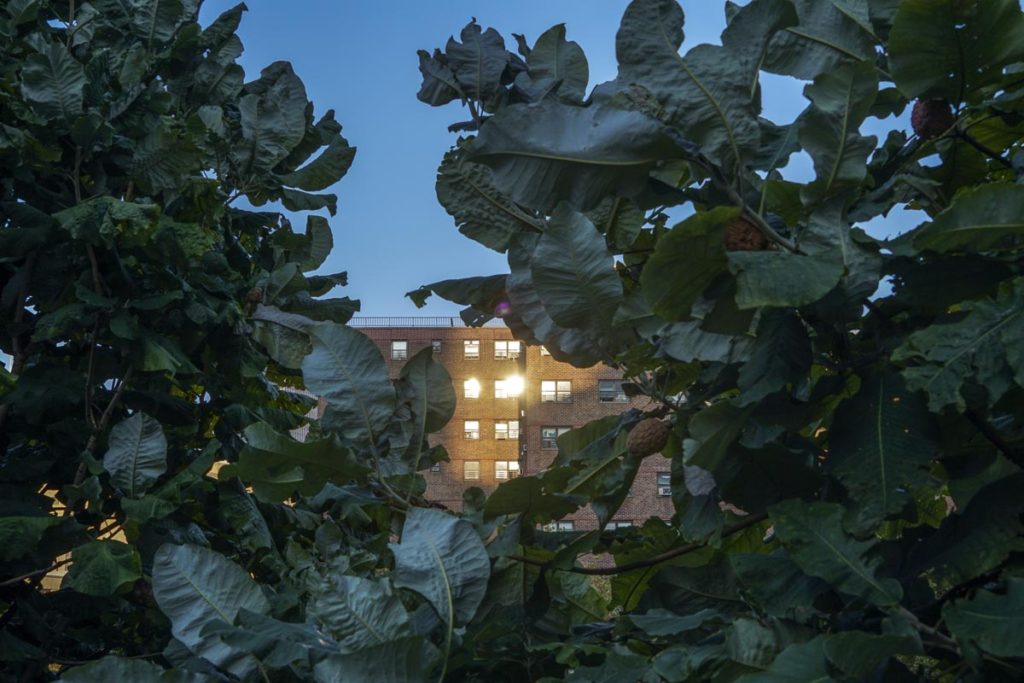
the Elliott-Chelsea Houses
We’re not going to begin at the beginning, Mr. Mayor; we’re going to start in the middle, at 26th Street.
Let’s not gaze north at the elegant spires of the Empire State Building, New York Times headquarters, Condé Nast or Bank of America towers – they are beautiful, sure, but also familiar. We know what they stand for. Let’s look instead straight ahead, at the Elliott-Chelsea Houses. This complex is one of two large public housing projects in the High Line’s ‘hood and, along with the Fulton Houses a few blocks to the south, it plays a vital role in the park. That’s because this place was created for the local community, and Friends of the High Line (FHL), the founding organization that still runs the park, continues to devote a huge amount of energy and resources into developing programs for our neighbors in these apartments. They even invited kids from the projects to create their own social programs, and have developed employment and training opportunities as well. [continue reading…]

